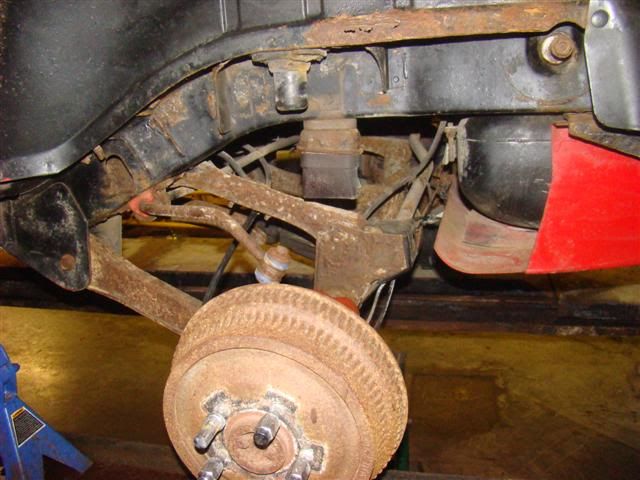I had to thank myself yesterday. You see, I’m rebuilding my Jeep ZJ and as you know, it’s been pretty beat up. I’ve torn out and replaced the rear suspension, and am now working on the front and I have to tell ya…I’m glad I kept up on the basic maintenance.
.
We all know that when bolts are rusty, they strip, they snap and when they do…they create a situation that makes you spit, swear and wish you were a little better with drills, taps & dies.
.
My buddy, my ZJ, has its share of rusty bolts, but thankfully, I’ve kept up with it using miracle products like..ya know…grease, ant-seize and my personal favourites, Amsoil’s MP metal protector and KB88.
.

.
When doing things like…brakes, shocks, control arms…etc, a bit of grease can go a long long way. Not for now, but for the next time. It’s a good habit to get in to. It takes about 2 seconds for you to coat that bolt before putting it back in and it will help save you from having to cut, slice, drill or punch out a bolt.
.

.
My Mustang, along with many other of the sporty race and street based vehicles I work on never see snow, hibernate in the winter and are rust free, but my Jeep…takes Mother Nature out to dinner, leaves her with the cheque and drives through what she throws at him.
.
Needless to say, winters, especially Montreal winters are brutal on a vehicle. Since I’ve had it, I haven’t had to do much on the rear suspension, but have had the front suspension apart a few times in the last couple years.
.
.
When I removed the rear suspension in trade for the Rough Country 3.5″ lift set up, I had to replace many of the bolts, nuts and pins. In the front however, I was happy to see things like the hub bolts come out with ease still coated with the Amsoil grease from a couple years ago. Not one stripped bolt, not one that needs to be replaced. This makes my life much easier as instead of running around trying to match bolts, I can concentrate on getting things done.
.


.
Companies have introduced so many products to the market to help us with these things. I have my own personal favourite arsenal that I use on a regular basis, 2 of which are above, but also torches, bolt outs, a series of wrenchs and of course, a little bit of technique can go a long way.
.
So just a little tip…use proper torque settings, use some grease and/or anti-seize, and you’ll make your next job a little more easier!
Feb 02nd by Bannon





